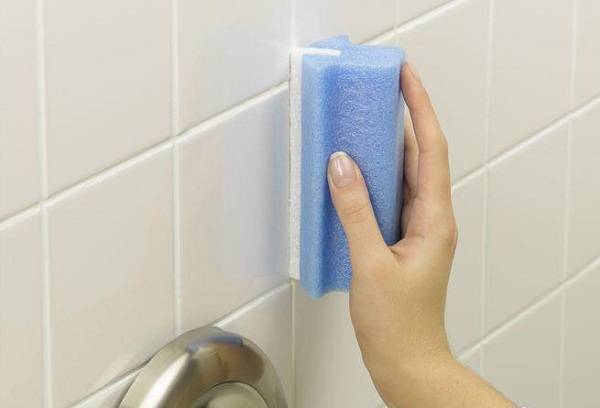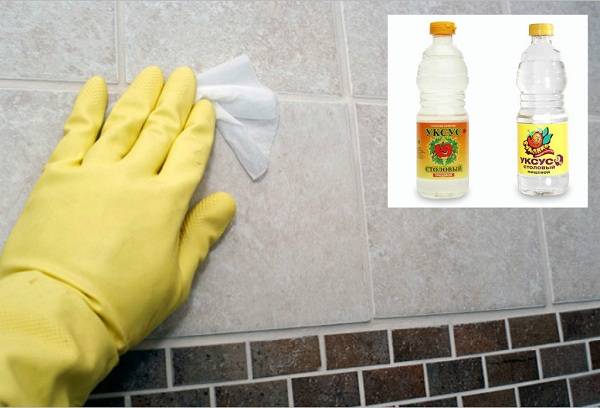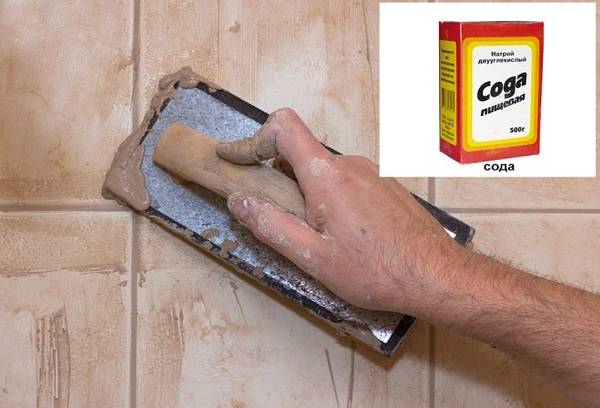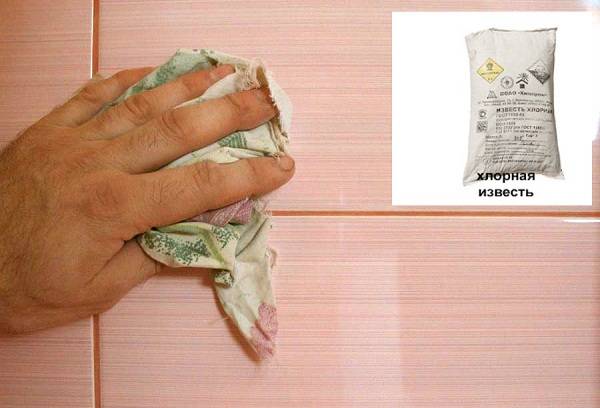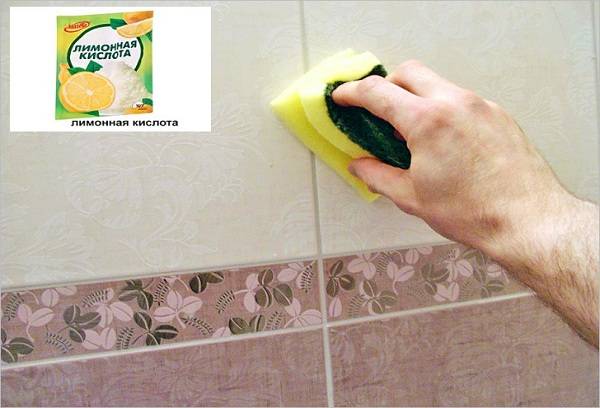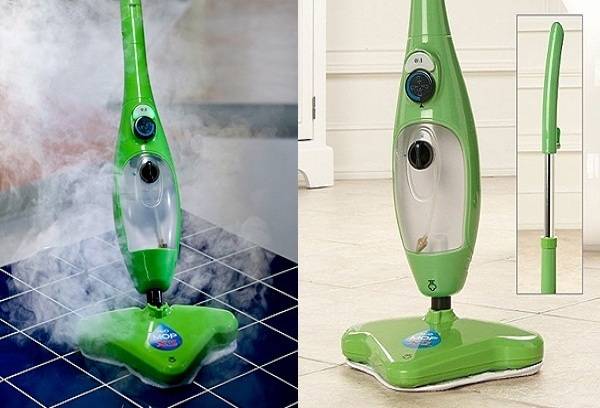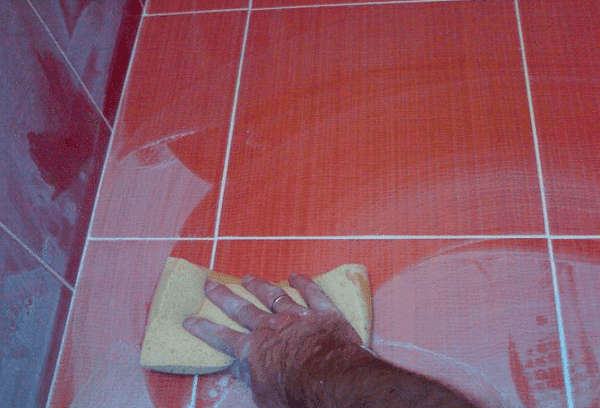How can cement and glue be washed from tiles? How to do it right?
Proper finishing work can save you a lot of additional trouble. You won’t even have to think about how to wash the cement from the tiles, if you prepare a clean sponge or rag and a little cool water in advance. By removing contaminants as they arise, regardless of whether it is cement or tile adhesive, drying of the composition can be prevented. It should be noted that the composition of the fixing products usually includes abrasive particles, so you need to wipe the product very carefully so as not to scratch the decorative layer on the surface of the tile. If at an early stage of work it was not possible to wash the contaminants and they dried up, you can use one of the proven methods, depending on the type of composition.
Methods for removing dried tile adhesive
To clean the tile from glue that has just begun to dry and is still crumbling, two types of manipulations must be performed. First, we treat the problem area with a construction grater (it is recommended that the glue be soaked with water first). Then we take a soft damp sponge and in a circular motion we remove the remains of the product.
If all the deadlines have passed, and the tile glue turned into stone, you will have to resort to one of the following approaches:
- The use of specialized tools. Today, the range of such products is very wide. The main thing here is to take care of the acquisition of this composition as quickly as possible and act strictly according to the instructions.
- Vinegar. First, we mechanically clean the area using a construction grater or spatula. Then we dilute a little vinegar in warm water and wipe off the remaining product. Work will go faster if you first soften the tile adhesive with a weak solution of vinegar.
- Soda. We abundantly wet a soft sponge with water, dip it into baking soda and work out the problem area. So we repeat several times until we can achieve the desired result. It must be remembered that soda, although soft, is still abrasive, so we work very carefully.
Tip: When carrying out work, one nuance must be taken into account - light grout for joints can darken as a result of the use of chemicals designed to remove contaminants. Therefore, first, if possible, it is better to peel off the tile glue, after which you can proceed to the final manipulations.
- Chlorine. We dilute bleach in water strictly according to the instructions, pour the finished solution into the spray bottle and spray it over the area with dried glue. We wait a few minutes until the caustic product corrodes the material and wipe it with a soft sponge. Be sure to wash off the remaining product from the surface. An additional advantage of this approach is the possibility of disinfection to prevent mold.
- Lemon acid. If tile glue stained the surface in only a few places, apply diluted citric acid with a brush. For extensive contamination, use a spray gun. Be sure to wash off the composition after cleaning. Such processing guarantees not only the desired cleanliness, but also a pleasant smell in the room.
- Steam Mop. The best option for hard to reach places. The device will easily soften the glue (but it will not work on the cement in the right way), without damaging the surface of the tile.
Before resorting to one of the described methods, it is recommended to check the active composition on an unnecessary piece of tile or an inconspicuous area. This will ensure that the approach is harmless.
Rules and features of cement removal
In cases where cement is used for laying tiles, the same precautionary rules apply.But if the product managed to dry, you will have to use slightly different methods of eliminating it:
- First, we simply try to wash the mass with water and a sponge, if necessary using a spatula. If this does not help, we apply the profile tool, acting strictly according to the instructions. All work must be carried out with rubber gloves, as aggressive components of solutions can cause irritation and even chemical burns.
- A good effect is given by means for cleaning the toilet. We take a sponge, moisten in a liquid or gel, apply the composition to problem areas. Leave it for 2-3 days, periodically update the product layer. Then we try to grind the cement. In most cases, it lags behind the surface without any problems, leaving no residue.
- In very difficult cases, the use of a 5% hydrochloric acid solution is allowed. Apply it to the stains for a few minutes, then gently rinse off.
- Salt well copes with such pollution. First, the cement must be abundantly moistened with water, after which we apply salt to it, which should make the composition more loose. Then we wipe it with a stiff brush, acting very carefully and consistently. At the end of the manipulation, you can additionally treat the surface with a weak alkaline solution, which will remove the rest of the fixative, and wash it well.
- In some cases, the chemicals are powerless and you have to resort to mechanical methods to solve the problem. For this purpose, you can use a chisel with a hammer. It is only necessary to adapt, so as not to accidentally split the tile. In addition, experienced repairmen, removing cement, use a soft brush to drill, including the machine at minimum speed.
It is important to remember that when using chemicals of any degree of aggressiveness, it is necessary to thoroughly wash the treated area after cosmetic cleaning.
